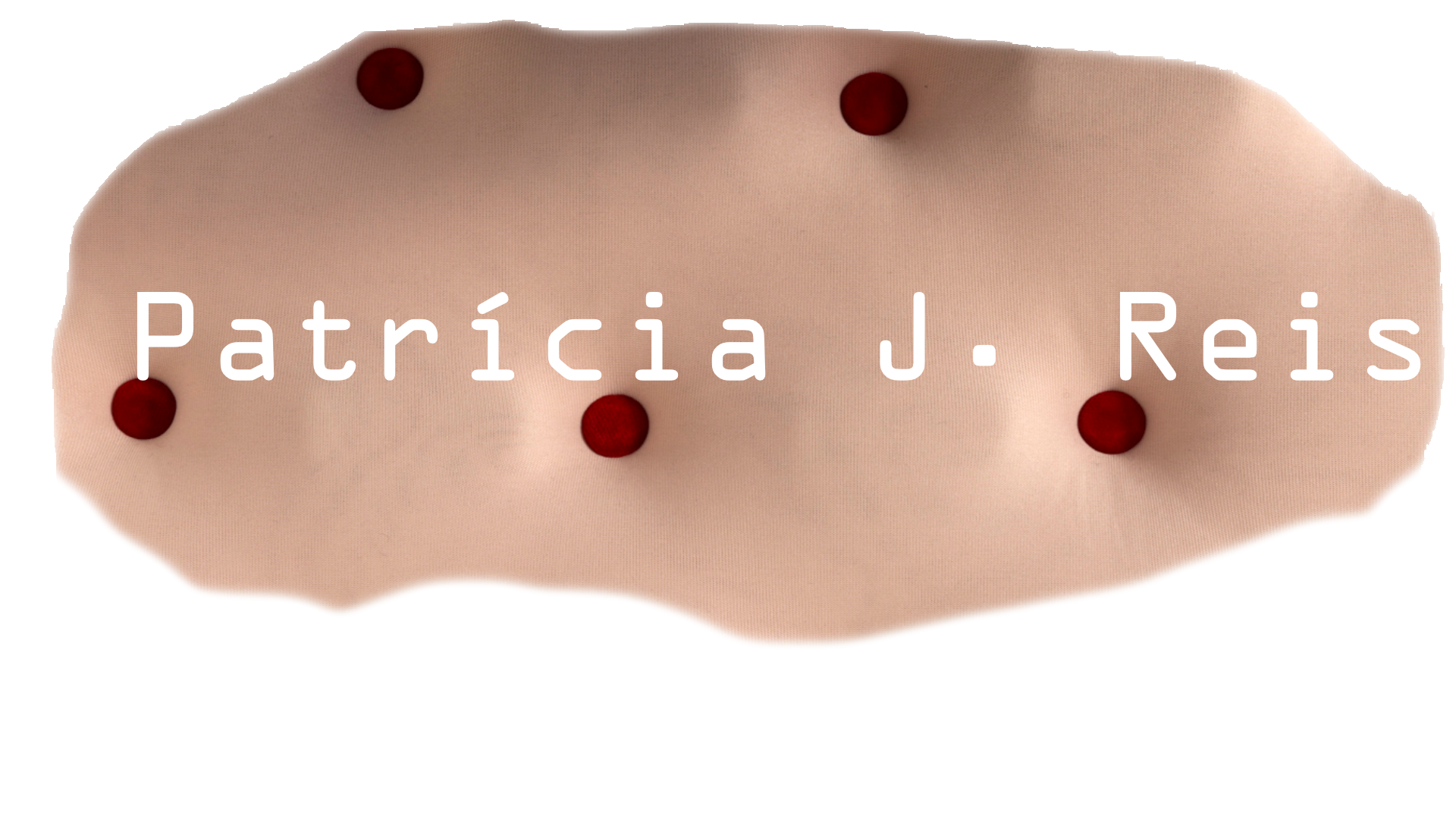Underneath the skin another skin is an audio-visual-tactile interactive installation presented in the shape of three human-scale tridimensional objects (Object A, Object B and Object C) [Figure 1]. It is made of flexible materials such as textiles, inviting the interacting audience to engage physically in a bodily sensorial and sensuous relationship with the artwork. The objects contain interactive devices and tactile sensors that, when used, trigger multiple sensorial stimuli in the interactor. The interactive installation focuses on the interactor’s intimate haptic sensorial experience, taking into consideration his or her sensorial and cognitive mechanisms as a potential apparatus in the construction of unique individual experiences. Interactivity is understood to be a triggering element in a multisensorial individual and particular experience.
All objects share the same mechanism of the audio-visual-tactile interface. The visual interface emits flickering light, the audio interface emits pulsed beats (mixed with a melody created by the artist in the background) and the tactile interface, installed inside the object, emits vibration feedback.
While embodying the object, the interactor is invited to use the headphones and to approach the source of light with his or her eyes shut. The synchronization of the stimuli stimulates the perception of singular images characterized by patterns of geometric shapes in motion and colour. The visual illusion is derived from the brain’s attempt to give meaning to a certain “distorted” stimulus in which signals such as depth and colour are misleading because the eyelids are shut. In-depth studies were necessary to evaluate how the interactor responded to the action of the given frequencies for all three modalities. Only in this way was it possible to ensure that the sound and vibration amplified the visual experience. The motion image is enriched by the interactive potentialities of the work: through manipulation of the interactive sensor, the interactor can “visualize” different images.
The specific audio beats used were binaural beats. A binaural beat is a third tone derived from the auditory illusion perceived at the level of the auditory cortex when two different frequencies are induced stereophonically. For example, when a tone with a frequency of 100Hz is induced in the left ear and a frequency of 110 Hz is induced in the right ear, the auditory cortex calculates the difference between both and generates the illusion of a third tone of 10 Hz. The use of binaural beats in this artwork is due to the necessity of having an audio stimulus with frequencies of between 1 and 30 Hz. Taking into account that the human hearing system cannot perceive such low frequencies, it was necessary to generate them as a perceptible illusion.
In Underneath the skin another skin the interactor’s memory becomes the main device for the construction of experience and image. His or her sensorial system is transformed into a mechanism capable of constructing and imagining the perceptible “reality” induced by the system of the work. This reality, only perceptible from the inside, is constituted as a system or model of a “peculiar endo world” (Giannetti, 2006, p. 185) that is only experienced by the interactor. In the work, one can conclude that the interactor’s active participation results in the alteration of a personal and particular experience: by enveloping the work, the interactor plays a determining role in its effectivation.
The innovative aspect of Underneath the skin another skin is that its interactivity is of another nature: it is not limited to interaction with the work’s technical system; rather, it occurs within the internal space of the interactor. The interactor interacts within its system, generating new information and producing experiences in a singular way.
During the immersive experience of the work, the interface disappears. The interactor is led to a privileged position as an internal observer (Rössler, 1998: 23). The work’s system acts as input as it activates the perceptive phenomenon and, through this, stimulates internal interactive processes. The output is an image that is only accessible in the first person. The interactor’s sensorial system becomes a “black box” (Flusser, 1998) that, given its complexity, becomes impossible to decode – its program is truly unknown. Thus, the work’s program is not reducible to the digital code created by the artist; indeed, it extends to the human level, to the interactor’s brain and body. This fact emphasizes the significance of an empirical study for a better understanding of the individual experience.

